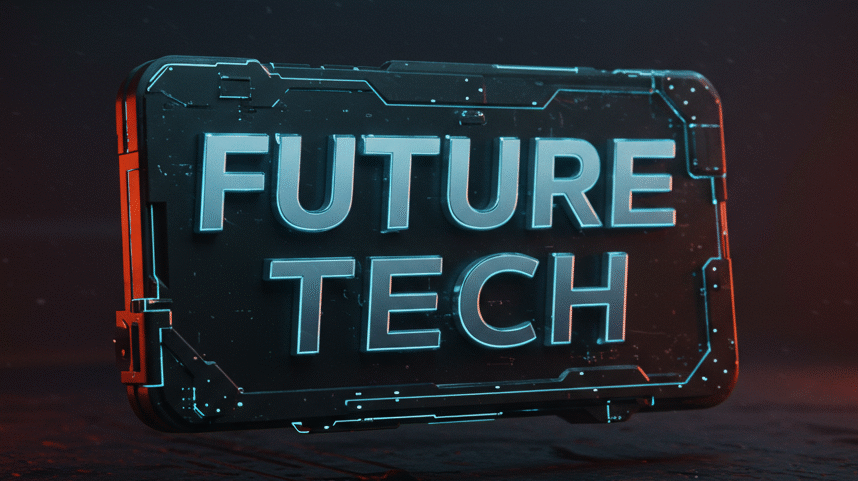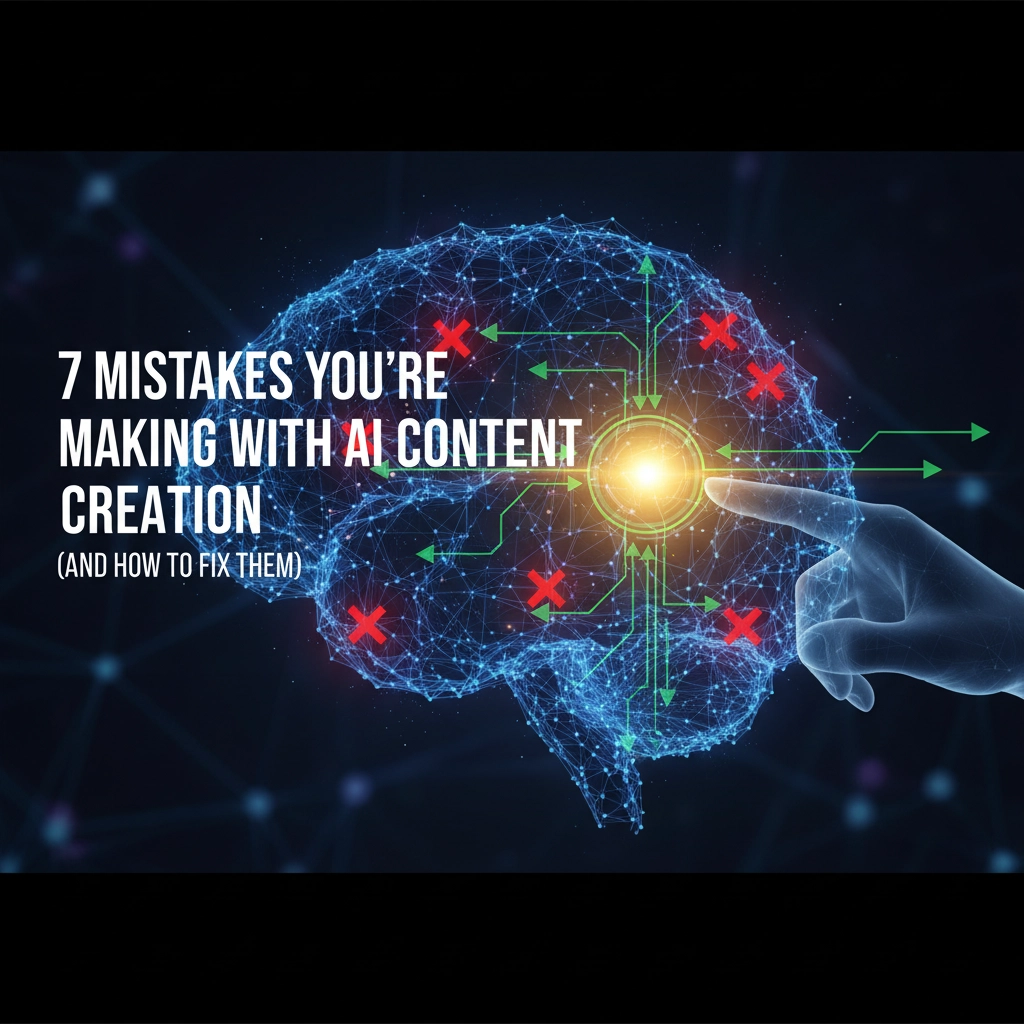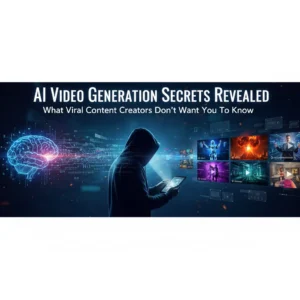Ever wondered why your AI-generated content feels… well, kinda robotic? You're not alone. Despite AI tools becoming more sophisticated every day, most creators are still making the same basic mistakes that scream "I used ChatGPT and called it a day."
Here's the thing: AI content creation isn't just about prompting and publishing. It's about knowing how to work with these tools, not just relying on them. Let me walk you through the seven biggest mistakes I see creators making (and trust me, I've made most of these myself).
Publishing AI Content Without Any Human Touch
This is the big one. Too many people treat AI like a magic content machine: type in a prompt, copy the output, hit publish. But here's what happens: your content ends up sounding like every other AI-generated piece out there.
AI gives you a solid first draft, not a finished product. Think of it like getting a rough sketch from an artist. You wouldn't frame that sketch without adding color, detail, and your own creative touches, right?
The fix is simple but takes effort:
- Spend at least 30 minutes editing every AI-generated piece
- Add your personal stories and examples
- Rewrite sentences in your own voice
- Replace generic statements with specific, relatable details
I learned this lesson the hard way when I published a completely unedited AI blog post about productivity tips. The comments were brutal: people could tell immediately that it lacked any real personality or genuine insight.
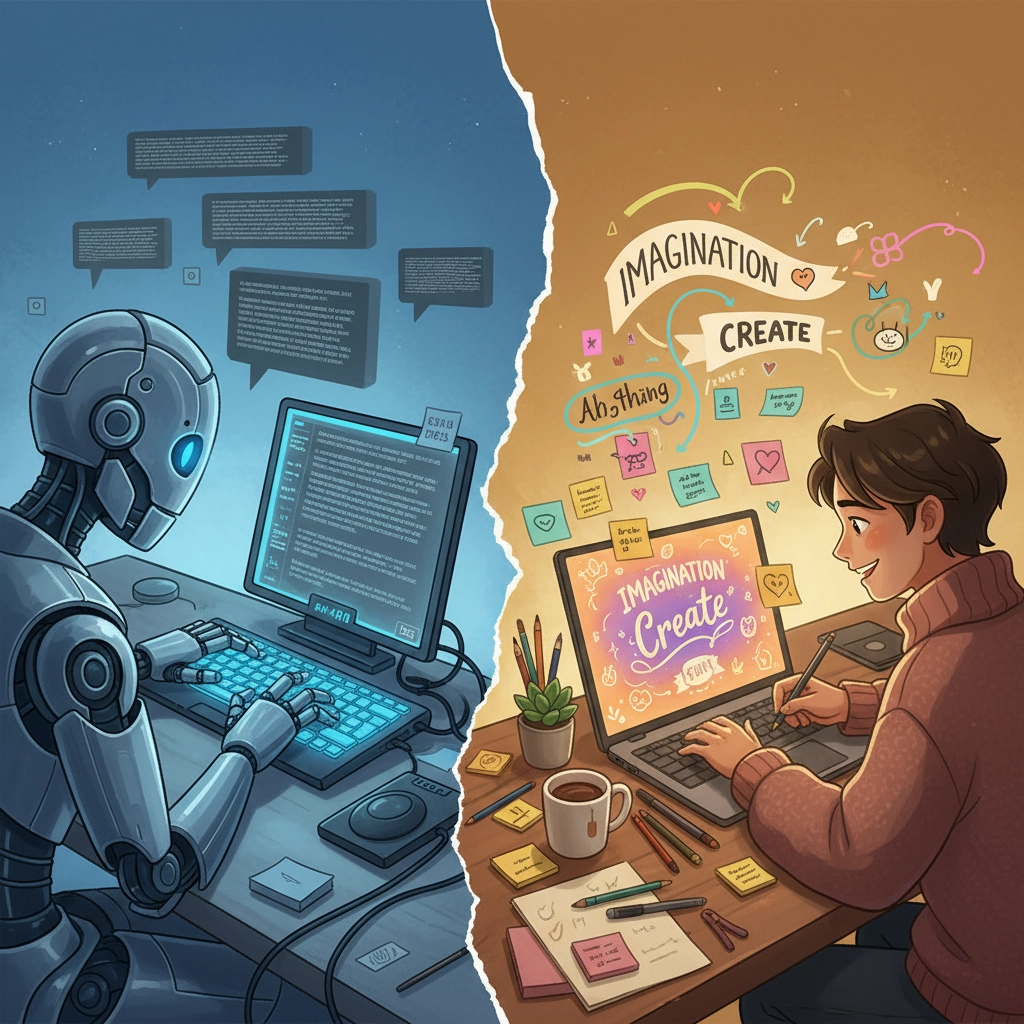
Skipping the Fact-Checking Step
AI tools can confidently tell you that elephants are purple or that the moon is made of cheese. They don't know they're wrong: they just generate text based on patterns in their training data.
This becomes dangerous when you're creating content about:
- Current events (AI data is often months old)
- Statistics and research findings
- Technical specifications
- Industry trends and news
Here's how to avoid embarrassing mistakes:
- Always verify statistics and claims with reliable sources
- Cross-reference any "facts" the AI provides
- Use recent sources to update outdated information
- When in doubt, mark claims as "according to [specific source]"
The worst part? Your audience will lose trust in you if they catch these errors. And they will catch them.
Ignoring Your Brand Voice Completely
Every brand has a personality. Maybe you're the helpful friend, the no-nonsense expert, or the quirky rebel. AI doesn't know this about you: it defaults to generic, professional-but-bland language.
When you let AI write without guidance, your content sounds like it could come from anyone. Your unique voice gets lost in a sea of predictable phrases and corporate-speak.
Transform generic AI into authentic content:
- Create a simple brand voice guide for yourself
- Include specific phrases you use and avoid
- Add personality quirks to your prompts
- Always read content aloud: does it sound like you?
Think about your favorite creators. You'd recognize their voice anywhere, right? That's what you're aiming for.
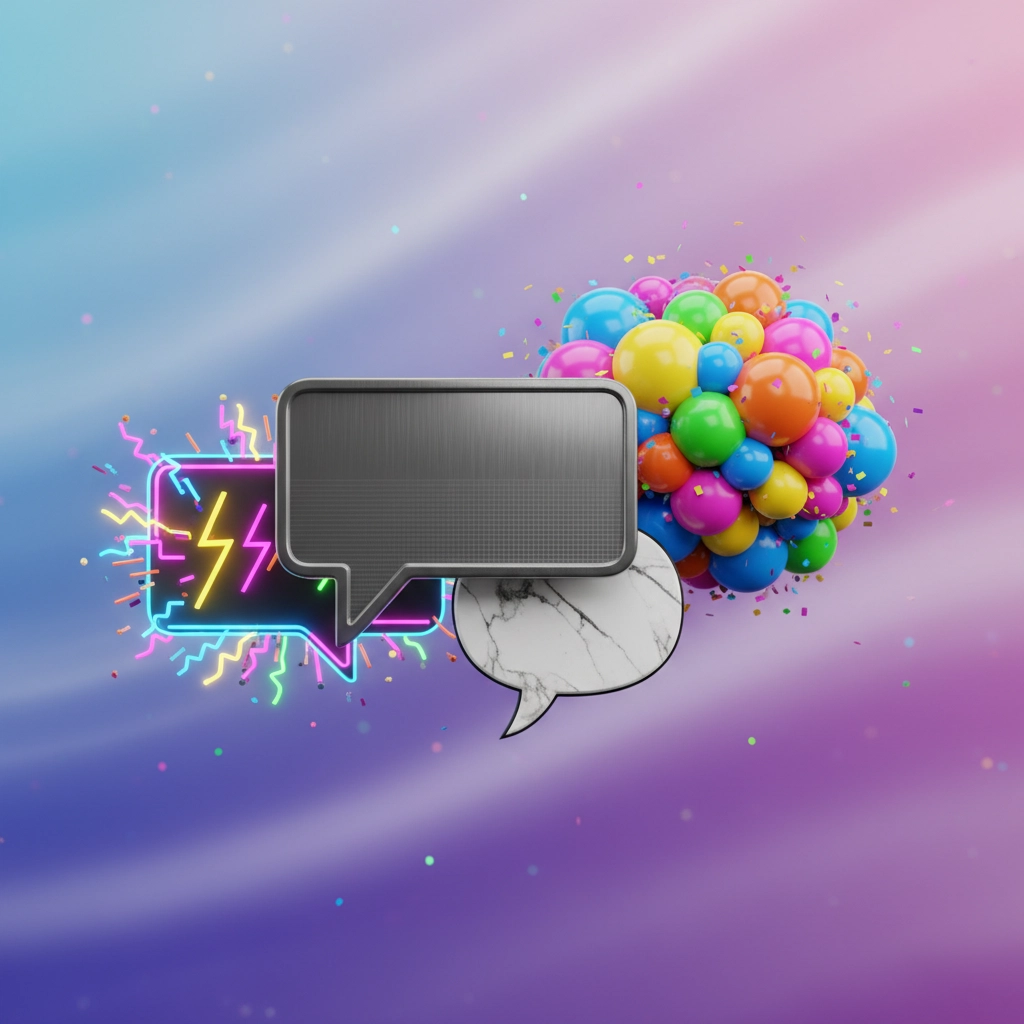
Forgetting to Add Your Actual Expertise
AI knows a lot about everything and nothing specific about your business, your experiences, or your unique insights. It can write about marketing strategies, but it doesn't know about that time you tried a specific tactic and it completely backfired.
Your expertise is what makes your content valuable. Without it, you're just another voice repeating the same information everyone else has access to.
Make your expertise shine through:
- Share specific examples from your experience
- Include behind-the-scenes stories and lessons learned
- Add your opinions and hot takes on industry trends
- Reference your specific results, failures, and successes
Remember: AI can research topics, but it can't replace the credibility that comes from actually doing the work.
Completely Ignoring SEO Best Practices
AI might write beautiful prose, but it doesn't automatically optimize for search engines. It doesn't know what keywords your audience is searching for or how to structure content for better rankings.
Many creators assume that because AI can write well, it'll automatically perform well in search results. That's like assuming a beautifully designed car will automatically win races: performance requires specific optimization.
Essential SEO fixes for AI content:
- Research keywords before writing, not after
- Include target keywords naturally in headlines and subheaders
- Optimize for featured snippets with clear, concise answers
- Add proper meta descriptions and title tags
- Structure content with logical headers and formatting
- Include internal and external links where relevant
Your content might be amazing, but if nobody can find it, it's not helping your business grow.

Creating One-Size-Fits-All Content
LinkedIn posts aren't Instagram captions aren't blog articles aren't email newsletters. Each platform has its own audience expectations, content formats, and engagement patterns.
Too many creators generate one piece of content and try to use it everywhere. The result? Content that feels off on every platform because it wasn't designed for any specific one.
Tailor your AI content for each platform:
- Adjust tone and length for platform norms
- Include platform-specific features (hashtags, mentions, etc.)
- Consider audience behavior on each channel
- Optimize formatting for how people consume content there
A professional LinkedIn article needs different treatment than a casual Twitter thread, even if they're about the same topic.
Never Proofreading Before Publishing
Even after fixing all the other issues, many creators still skip the final proofread. They assume that because they edited the content once, it's ready to go.
But AI can create awkward transitions, repetitive phrasing, and subtle errors that are easy to miss on first read. Plus, your edits might have introduced new issues.
Your final quality check should answer:
- Does this flow naturally from start to finish?
- Are there any repetitive phrases or ideas?
- Would someone reading this cold understand everything?
- Does it deliver on what the headline promised?
Here's my personal trick: I always read content out loud before publishing. If I stumble over sentences or find myself losing interest, readers definitely will too.
The reality is that AI content creation isn't about replacing human creativity: it's about amplifying it. When you avoid these seven mistakes, you'll create content that feels authentic, provides real value, and actually connects with your audience.
What's the biggest mistake you've made with AI content creation? Have you caught yourself falling into any of these traps?
